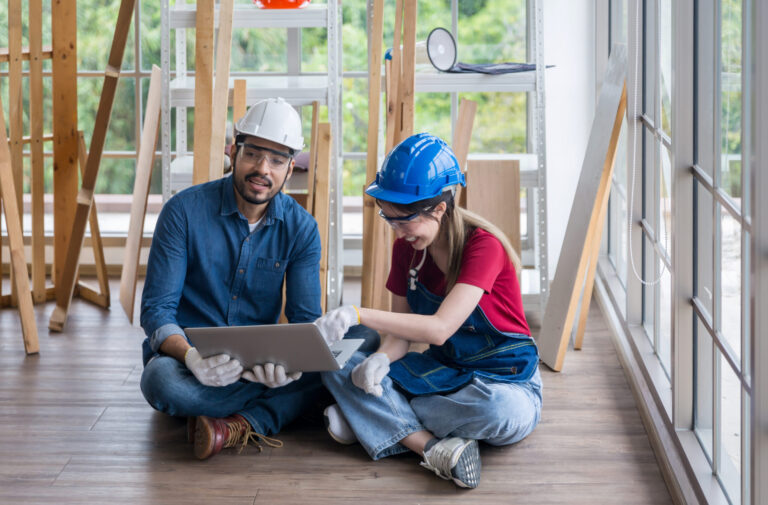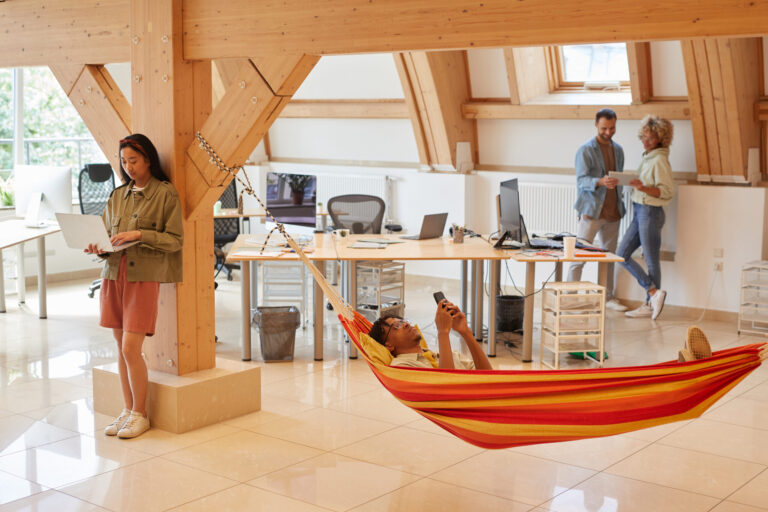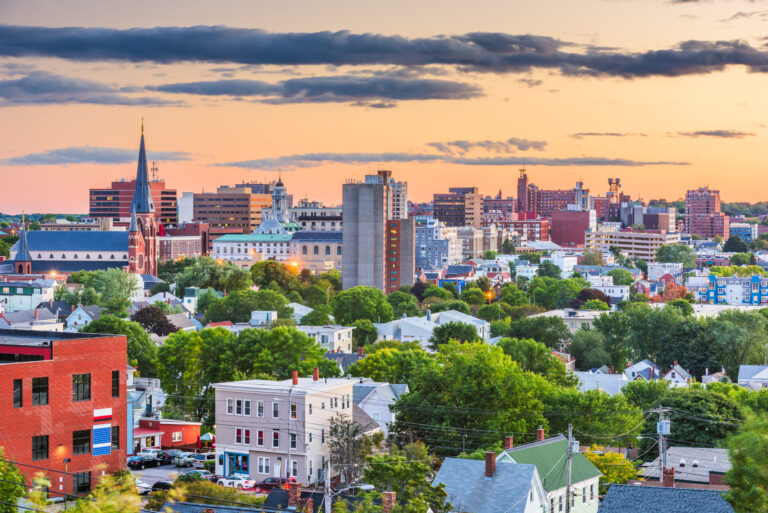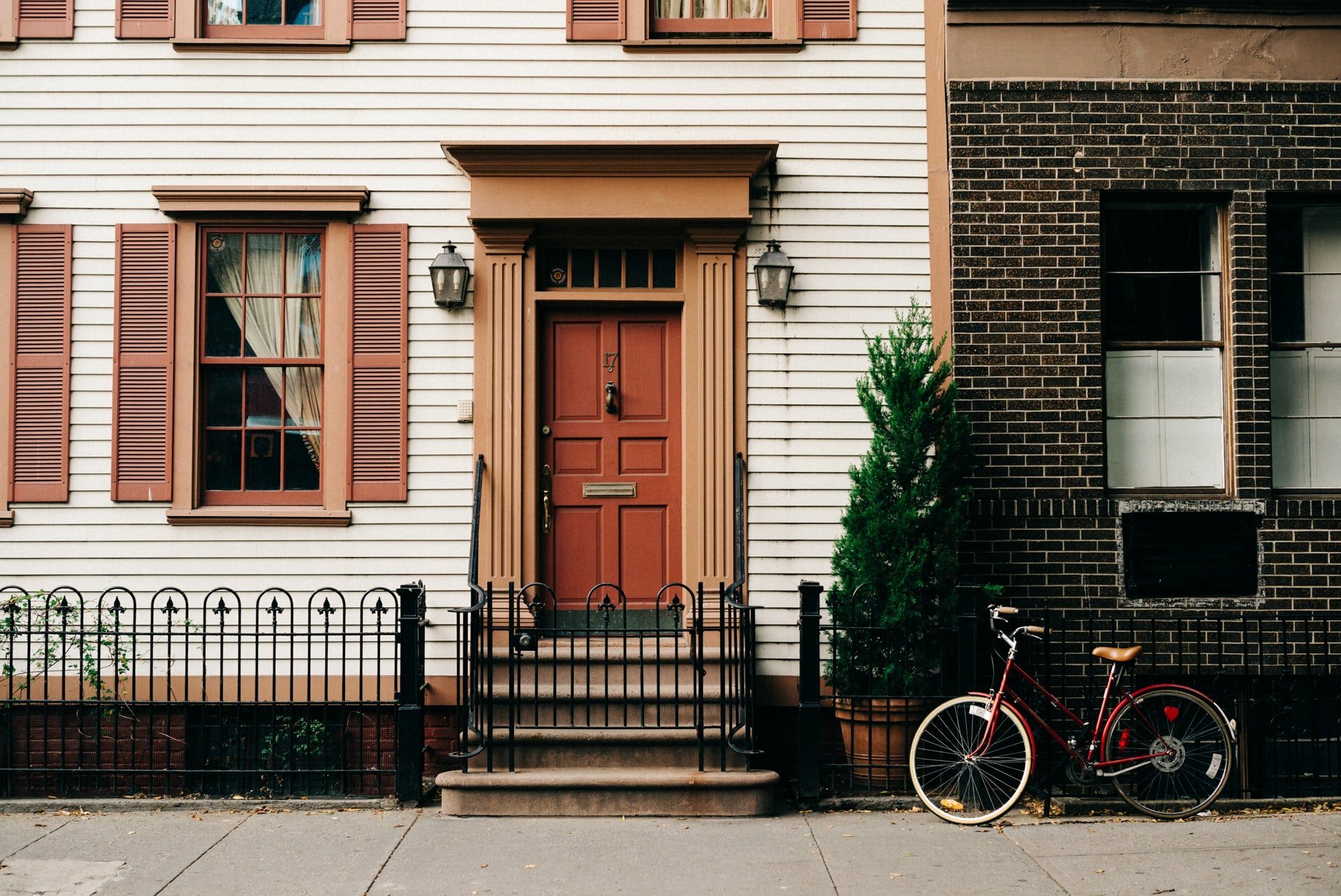Acquiring a home is an exciting prospect, but aspiring homeowners need to make several big decisions, such as choosing a desirable location, setting a budget, and deciding whether to buy or build.
Building and buying a pre-existing home both offer distinct advantages. There are also drawbacks to both options. Weighing the pros and cons of building and buying can help you determine which option is best for you.
The advantages of building a new house.
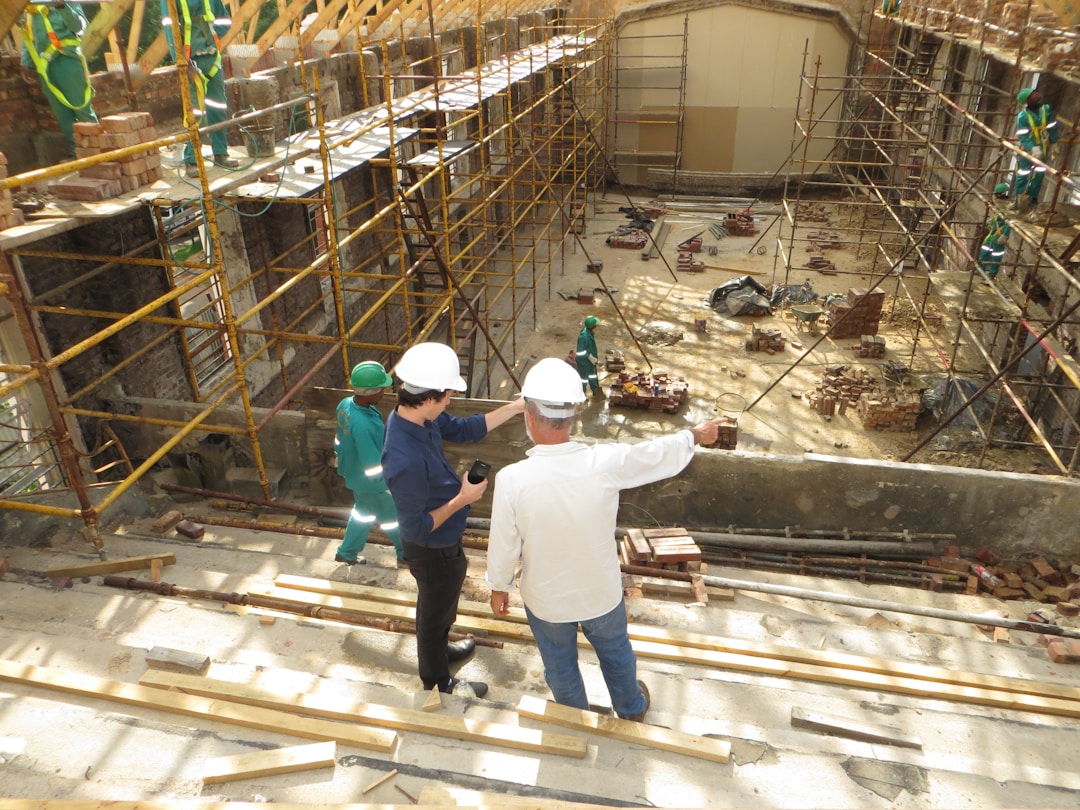
Building a house provides you with an opportunity to make decisions about every aspect of your home. You can evaluate all your options and make design choices suited to your needs and preferences. You’ll be able to choose the ideal cabinets, backsplash, and countertops for your kitchen, which means you won’t have to worry about renovating after you move in to make the most of your kitchen. You’ll be able to select the refrigerator and stove you want. You can also choose kitchen and bathroom fixtures, light fixtures for every room, and your preferred paint colors for every room in the house.
Since your home, it’s systems, and your appliances are new, it’s unlikely you’ll experience unexpected breakdowns. A new home warranty can ensure you avoid significant repair costs for the first few years you own your home, making it easier to budget for household expenses.
Building also ensures your home has no prior occupancy before you move in. You won’t need to worry about inheriting a heating, ventilation, and air conditioning (HVAC) unit that’s distributing allergens throughout your home because the prior occupants had pets. You’ll be able to observe every stage of the building process, which means you can be confident your home isn’t hiding mold or structural damage behind the walls.
The disadvantages of building.
Building a home usually takes longer than planned. Even if you’re working with a reputable builder, shortages of materials and bad weather can impact the construction schedule. Delays can cause stress and increase your expenses, particularly if you need to vacate a rental property by a specific date. You may need to put your possessions in storage and find temporary housing until your home’s complete.
Costs can increase when you build, particularly if you want to include custom features in your home. If the materials you selected aren’t available, you may pay more for other materials.
New homes are often built in new neighborhoods. If you start building early, you may have construction in your neighborhood for several months after moving in. New subdivisions may also lack the amenities older subdivisions enjoy, such as recreational facilities.
The advantages of buying a house.
Purchasing a pre-existing home is usually faster than building a home. Existing homes have also settled, so you won’t be surprised by a cracked foundation later.
Existing properties also have yards. You may be able to acquire a house with a tree in the backyard that provides shade or ensure you find a property without trees near the house. When you build, you may find you have neighbors who make landscaping choices that affect your property, such as planting trees or hedges that cast shade over your yard, but you’ll know what you’re dealing with when you move into an older home. You’ll also be able to evaluate the neighborhood before you move in.
The disadvantages of buying.
Your options may be limited when you buy, and you may have to choose between a desirable location and a home with enough square footage and bedrooms for your family. Older homes are more likely to need repairs, and it can be tricky negotiating loans for problematic homes. Some loans won’t cover the cost of renovations, and each lender has criteria a property must meet to qualify for a mortgage. If you’re planning to use a VA loan or an FHA loan you must comply with their mortgage requirements. Houses without working HVAC units or updated electrical systems may not qualify.
Old homes may have appliances that need to be replaced. Even homes that don’t need extensive repairs may not suit your personal preferences. You can transform your home’s space with 3 ways to make a house feel more comfortable, but if you buy a home that’s too small or has significant issues, such as a small kitchen, you may need to renovate to make your house function effectively. Renovating an existing property can be expensive and time-consuming.
Buying has other hidden costs, including closing costs. Although it’s possible to acquire a home warranty for a preowned home, the previous owner’s lack of proper maintenance could nullify your warranty.
Building and buying a home both have advantages and disadvantages. Evaluating the pros and cons of each option can help you make the best decision when you’re looking for a new home.




